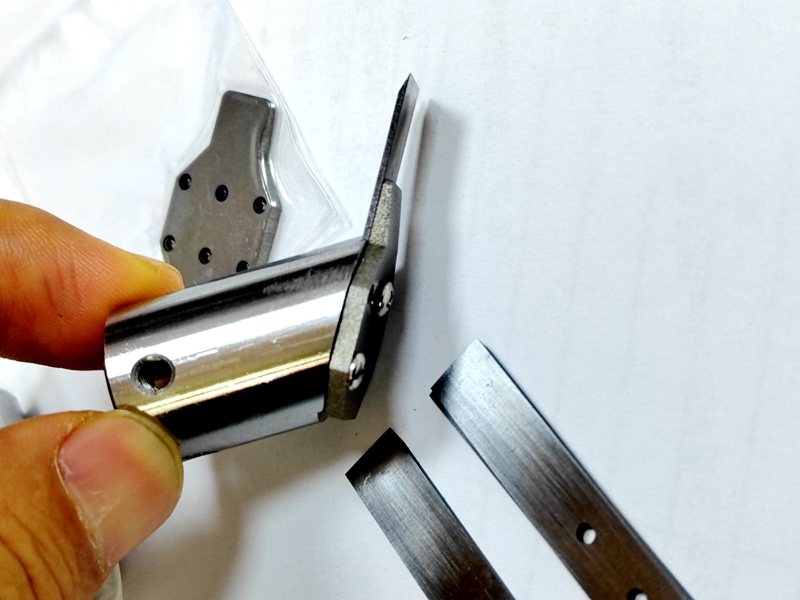Key to Scraping Machines: Scraping Blade, Adhesive Scraper - Optical Material, Adhesive Material, LCD Display Screen, Adhesive Removal, Processing and Common Defect Analysis
Time:2024-07-02
Views:3801
Automatic glue remover and polarizing film scraper are used for glue removal processing of optical material bonding materials, and are mostly used for LCD screens, digital LCD screens, touch screens, etc. For the debonding process of optical material bonding materials, the core component is the adhesive scraper. Based on customer research and development and specific product applications, Deren Precision has customized rubber scraper blades for customers. Currently, there are different models matched with multiple corresponding processes, and adjustments are made according to blade shape, blade angle, and size thickness. The customized blade holder is installed on a robotic arm, with servo control and computer automation operation, to efficiently scrape or remove the corresponding adhesive layer, clean and stable. After the blade is processed, the cutting section is observed to be neat under a microscope, effectively ensuring processing quality!
The selection and application of the rubber scraper are the key components of the rubber scraper machine, which are related to product yield and processing efficiency.
Deren Precision‘s shovel is customized according to the actual production parameters of customers and existing equipment, using new processes and materials to meet their pursuit of high quality and efficiency.
The application and experience of shovels have proven that the advantages and disadvantages of a rubber scraper are not reflected in the bracket and appearance, but in the actual comparison of user use. As a key component of the rubber scraper, the rubber scraper is designed and manufactured from the source, ensuring both practicality and efficiency.
Common adverse phenomena:
1. Blade breakage
2. Incomplete scraping of adhesive, leaving a residual adhesive layer on the bottom plate
3. Uneven glue scraping and rough edges
4. Low efficiency of adhesive removal
5. Short blade life
Common adverse analysis:
1. Blade breakage is mostly caused by collision, so the downward feed should be small. If the normal working feed rate and the contact pressure between the feed rate and the product do not significantly exceed the conventional processing requirements, the fracture needs to be observed by changing the tool. If the fracture still occurs, it is considered that the hardness of the blade is too high, such as ceramic and tungsten steel blades, which have high hardness but relatively poor toughness and are prone to fracture. At this time, a new material should be replaced and new material blades should be considered.
2. The glue is not completely removed, leaving a layer of glue on the bottom plate. It can be ruled out that incomplete contact with the glue layer is caused by the sharpness of the blade, which needs to be replaced. If the new blade still cannot solve the problem, it is because the blade angle is not suitable, resulting in poor sharpness.
3. Uneven scraping of glue and rough edges are obvious sharpness issues, which involve parameters such as the thickness of the glue layer and the speed of scraping work. Specific analysis is needed, and the general solution is to stabilize the parameters. It can be found through tool replacement and investigation.
4. The low efficiency of adhesive removal is related to the equipment power and processing method. As long as the tool can work normally and the processing quality is good, changing the equipment power and working servo speed is sufficient.
5. The service life of the shovel blade is short, which needs to be combined with the thickness, hardness, and working frequency of the bonding material. Under the same conditions, improving the blade edge and thickness while ensuring quality will increase the service life of the blade.




